Here’s Why Taking America’s Roll Call Is a Hard-Knock Job
History’s census enumerators came back with the numbers and some very tall tales
/https://tf-cmsv2-smithsonianmag-media.s3.amazonaws.com/filer/5d/b4/5db44b19-07c5-4182-8195-f20210e48cbb/1950_census-virginia.jpg)
Once every ten years, the first of April assumes a far more significant importance than the annual sharing of April foolery. It’s Census Day in the United States, the day when we stand up—or, perhaps now, sit in front of a computer screen—to be counted, and it’s happening right now.
You can look it up in the U.S. Constitution. Article I, Section 2, stipulates that members of the House of Representatives shall be apportioned according to their “respective numbers” in each state, and that those numbers shall be determined by an “actual enumeration,” which shall take place every ten years following the first such enumeration in 1790. As defined by one dictionary, to enumerate is “to make clear the number of things.” Each state is guaranteed two senators in Congress, but the number of each state’s representatives vary according to its population—which is one reason why an accurate counting is so important in our democratic republic.
The Constitution does not specify the methods of enumeration, nor the date(s) when the census is conducted, nor even the questions that are asked. For instance, the 1790 Census began on the first Monday in August and lasted nine months. It asked questions related only to counting those living in each household: the name of the household head, the number of “free white” males, the number of “free white” females, the number of other free persons, and the number of enslaved persons.
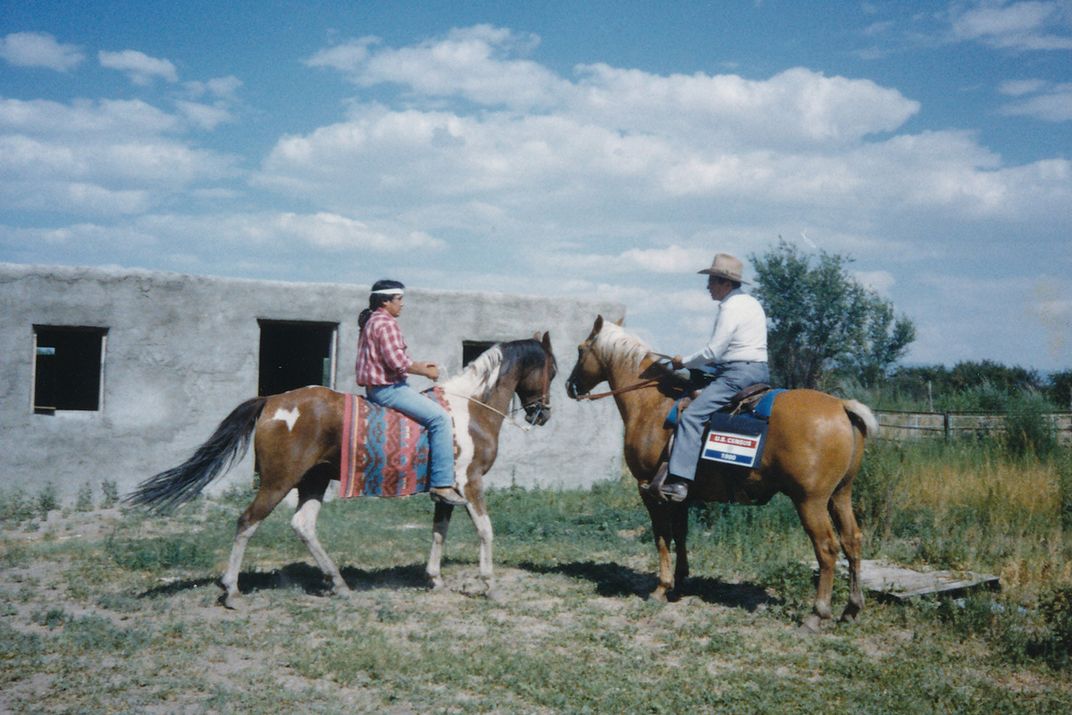
Now, 230 years later, the 2020 Census questions ask for the name, age, race, sex and relationship of every individual living in each household, as well as a contact telephone number and whether the residence is owned—with or without mortgage—or rented. Despite what you may have heard, citizenship is not a question in 2020.
One aspect of the U.S. Census that has changed only slightly since the first census is the job of the census enumerator—the person who is empowered to ask those questions of anyone living in the United States. In 1790, there were approximately 650 enumerators who went door to door to personally interview each of some 500,000 households—containing 3,929,214 individuals—throughout the 13 states.
In 2010, there were approximately 635,000 enumerators who visited only those households that did not return the census questionnaires they had received by post—not all 116.7 million households throughout the 50 states, five territories, and the District of Columbia. In 2020, the Census Bureau expects to hire approximately 500,000 enumerators to visit only those households that do not complete the census questionnaires—whether online (a new innovation this year), by mail, or by phone.
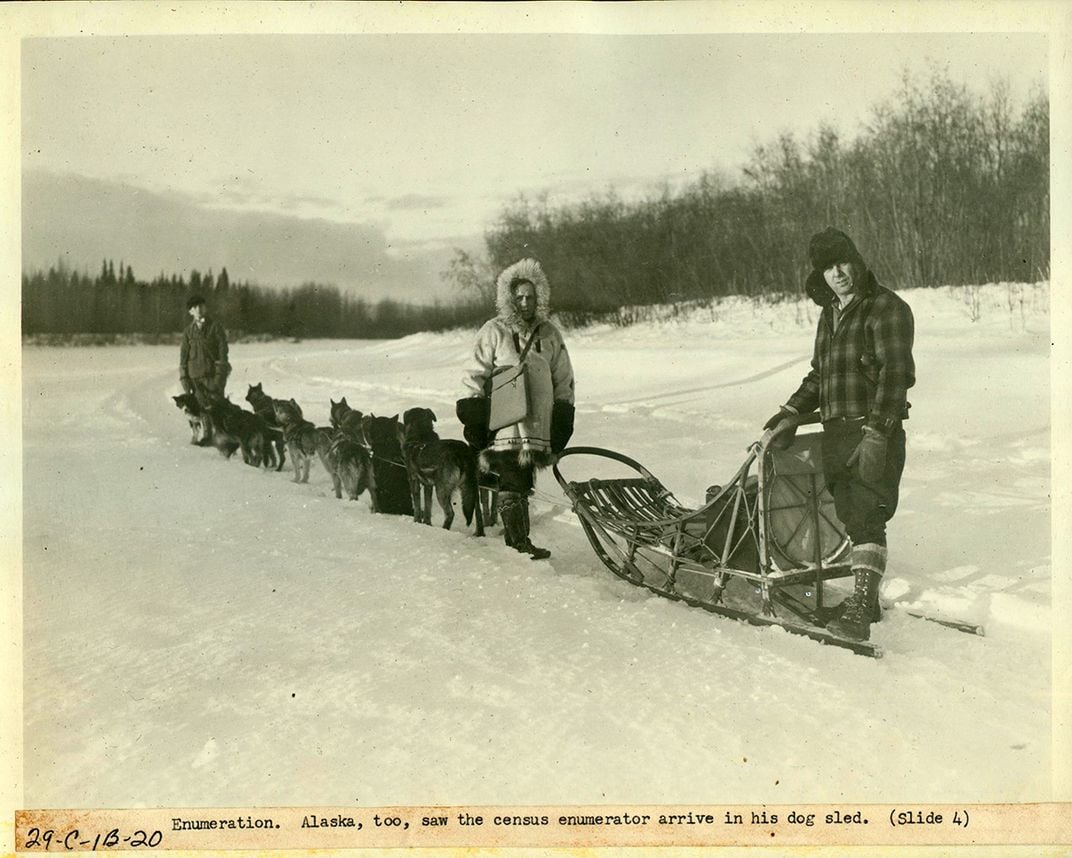
Folklorists are well aware that all occupational groups—be they actuaries, biologists, carpenters, dishwashers, enumerators or even folklorists—have their own folklore. Members of each of these groups share stories, jokes, customs and beliefs that not only distinguish them from other occupational groups, but that also meet their needs as a community. So far as I can determine, no formal studies of census-enumerator folklore exist, so let me offer a start.
Not surprisingly, one of the recurring themes in occupational folklore concerns the hardships of the job. Census enumerators have more than their fair share of such stories, according to accounts in newspapers from the 19th to the 21st century. For instance, an account in the New York Tribune from June 1880 describes the conditions in some of New York’s poorer neighborhoods where census enumerators had to dodge chickens, dogs and gambling dens.
Fast forward 120 years, when the census enumerators of 2000 were being “chased by a tag team of a dog of uncertain ancestry and a pot-bellied pig” or “attacked by dogs and even by wild turkeys” or “have fallen into pools of sewage and have gotten their cars stuck in wet concrete,” according to the Washington Post from May 2000. Granted some of these stories may be true, and granted that there may be some suspicion about government officials asking too many questions, but even the 1880 Tribune article observed skeptically that “the humors of the census, of which there are many, are not wholly at the expense of persons who give information to the enumerators.” It is often the enumerators themselves, who “through fear of not getting pay for incomplete returns make inquiries in detail which are not only unnecessary and foolish, but frequently exasperating.”
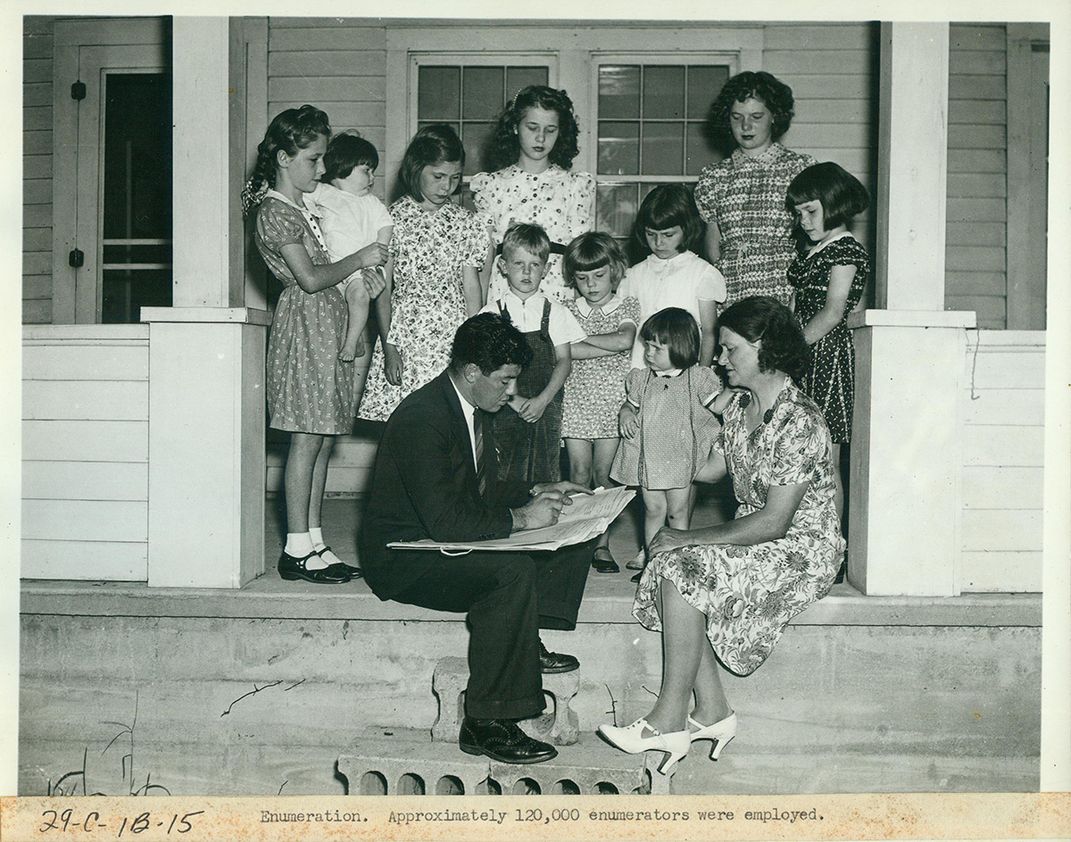
One example of jokes about exasperated enumerators—as reported in the journal Current Opinion in December 1913—goes like this: a census enumerator on New York’s Lower East Side asks a woman how many children she has.
“Well,” she replies. “There’s Mary and Ellen and Delia and Susie and Emma and Tommy and Albert and Eddie and Charlie and Frank and—”
“Madam, if you could just give me the number,” interrupts the enumerator.
“Number!” she exclaims indignantly. “I want you to understand that we haven’t gotten to numbering our children yet. We haven’t run out of names!”
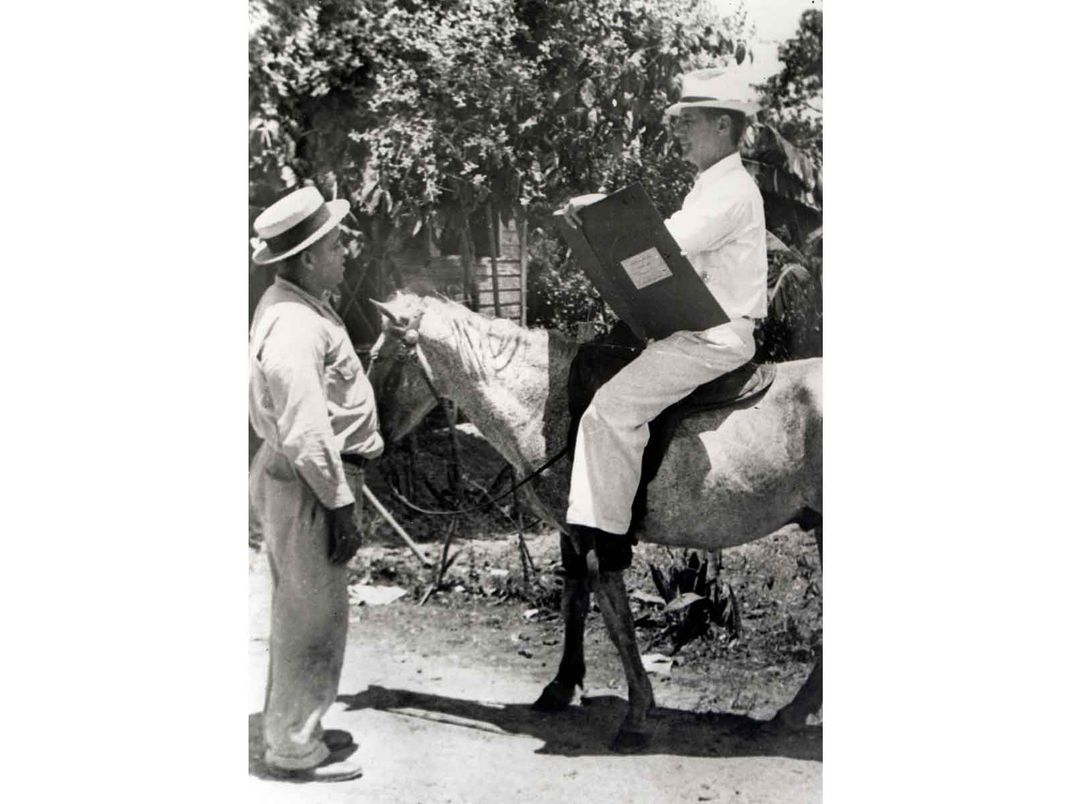
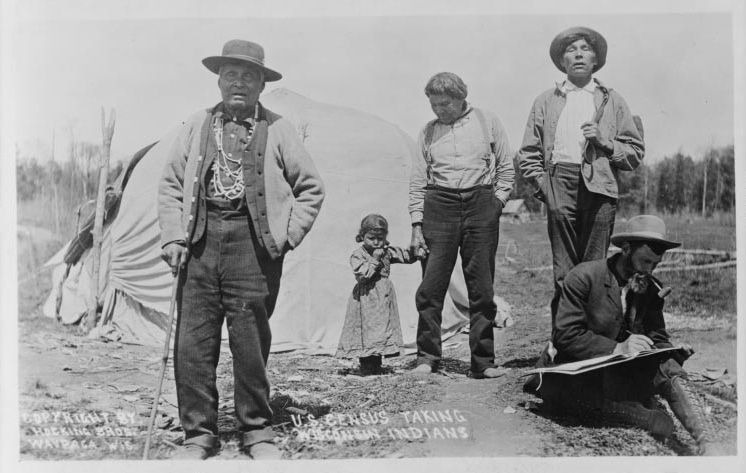
Conversely, the folklore of enumerators also includes examples where the enumerator outsmarts a reluctant resident. As reported in the Boston Globe in June 1965, the enumerator asks:
“May I have your age?”
The indignant reply is, “I’m sorry, but I consider that my personal business.”
“Very well,” the enumerator states. “In that case, I shall have to estimate it. I’m putting you down as fifty-seven years old.”
“Don’t you dare! Fifty-seven indeed! Why, I’m only forty-nine!”
In short, the folklore of census enumerators often encapsulates the occupational skills, beliefs and values of this particular occupational group. To learn more about this group, you can be one: applications for enumerators in the 2020 Census are available online—though operations are currently suspended due to the coronavirus crisis. Potential job applicants will have to decide for themselves whether to share with their interviewers a joke from the folklore repertoire: “Growing up, it was always my childhood dream to work as an enumerator. And then I came to my census.”
A version of this article originally appeared in the online publication of the Smithsonian Center for Folklife and Cultural Heritage.
/https://tf-cmsv2-smithsonianmag-media.s3.amazonaws.com/accounts/headshot/James_Deutsch.jpg)
/https://tf-cmsv2-smithsonianmag-media.s3.amazonaws.com/accounts/headshot/James_Deutsch.jpg)